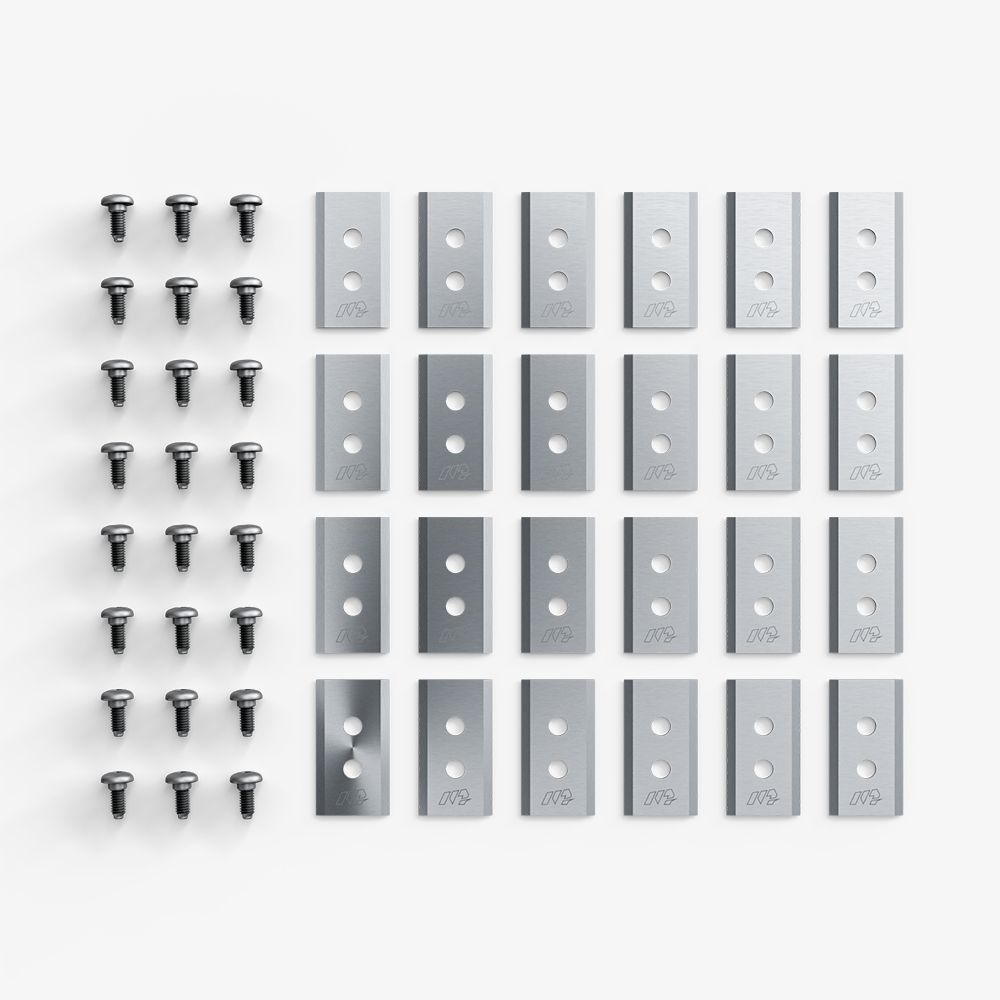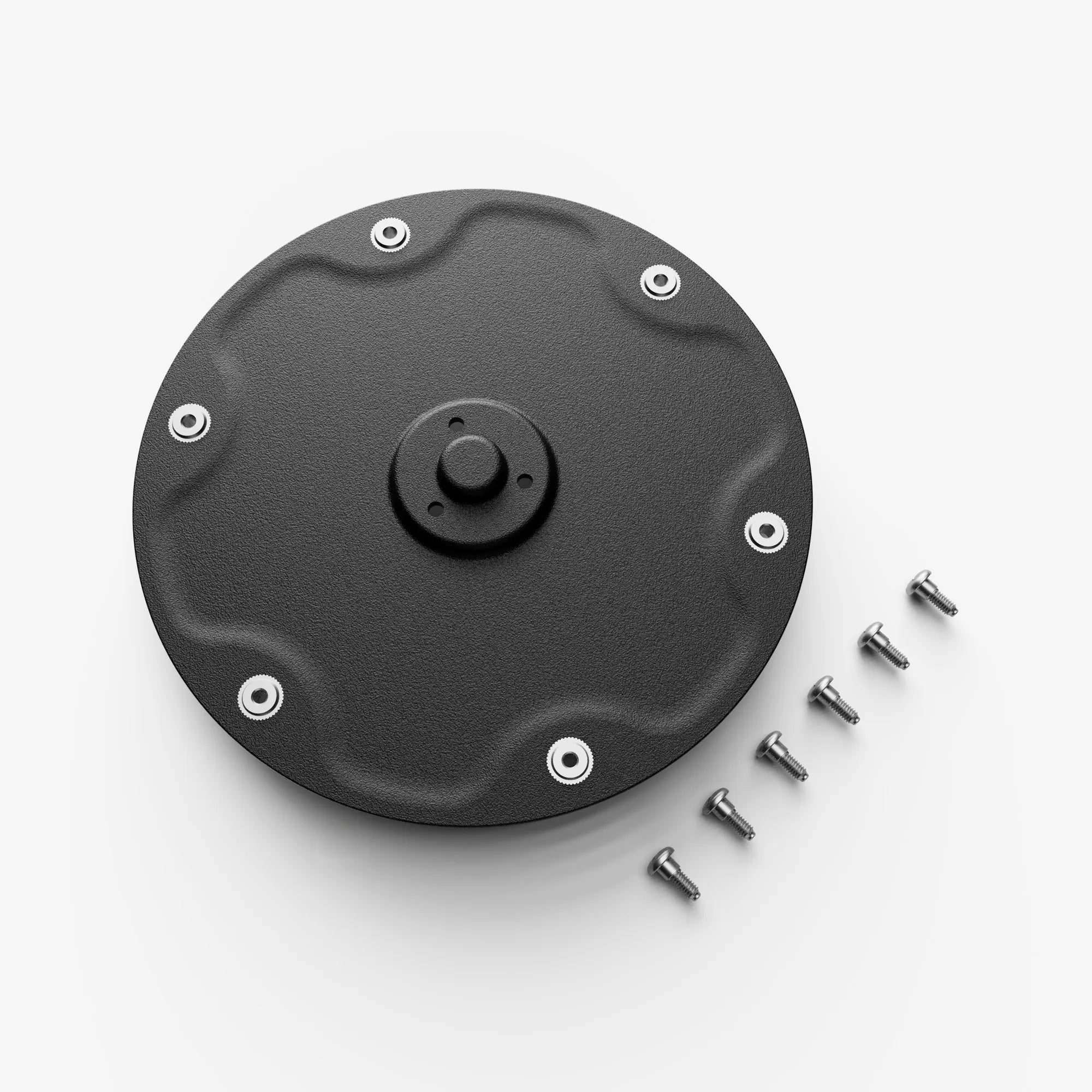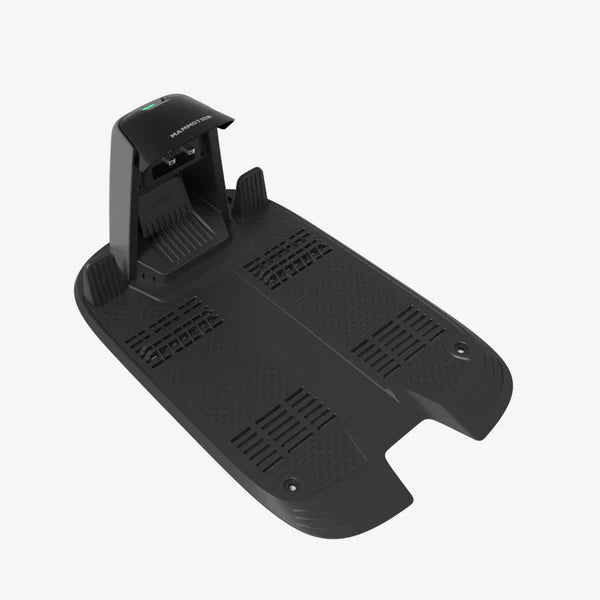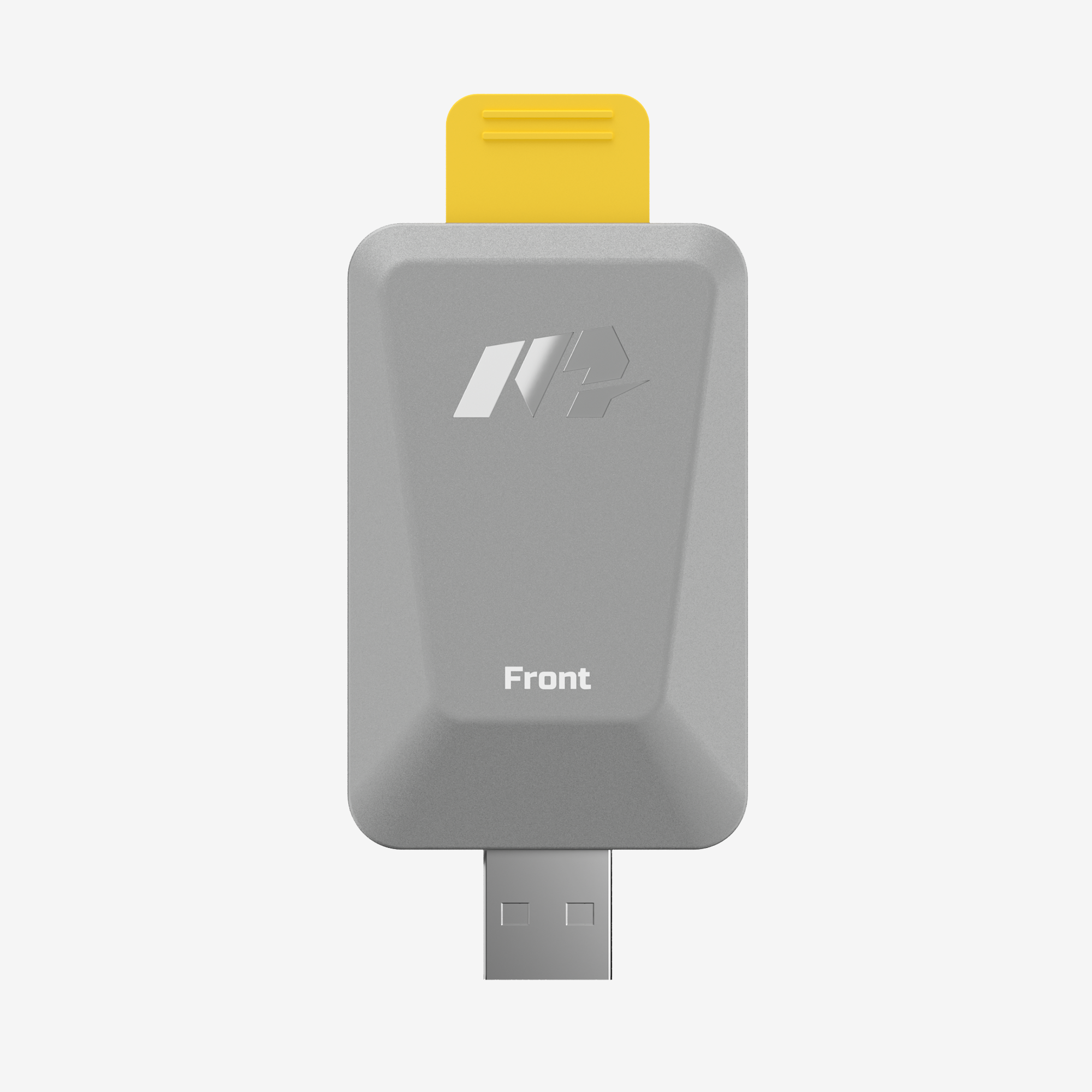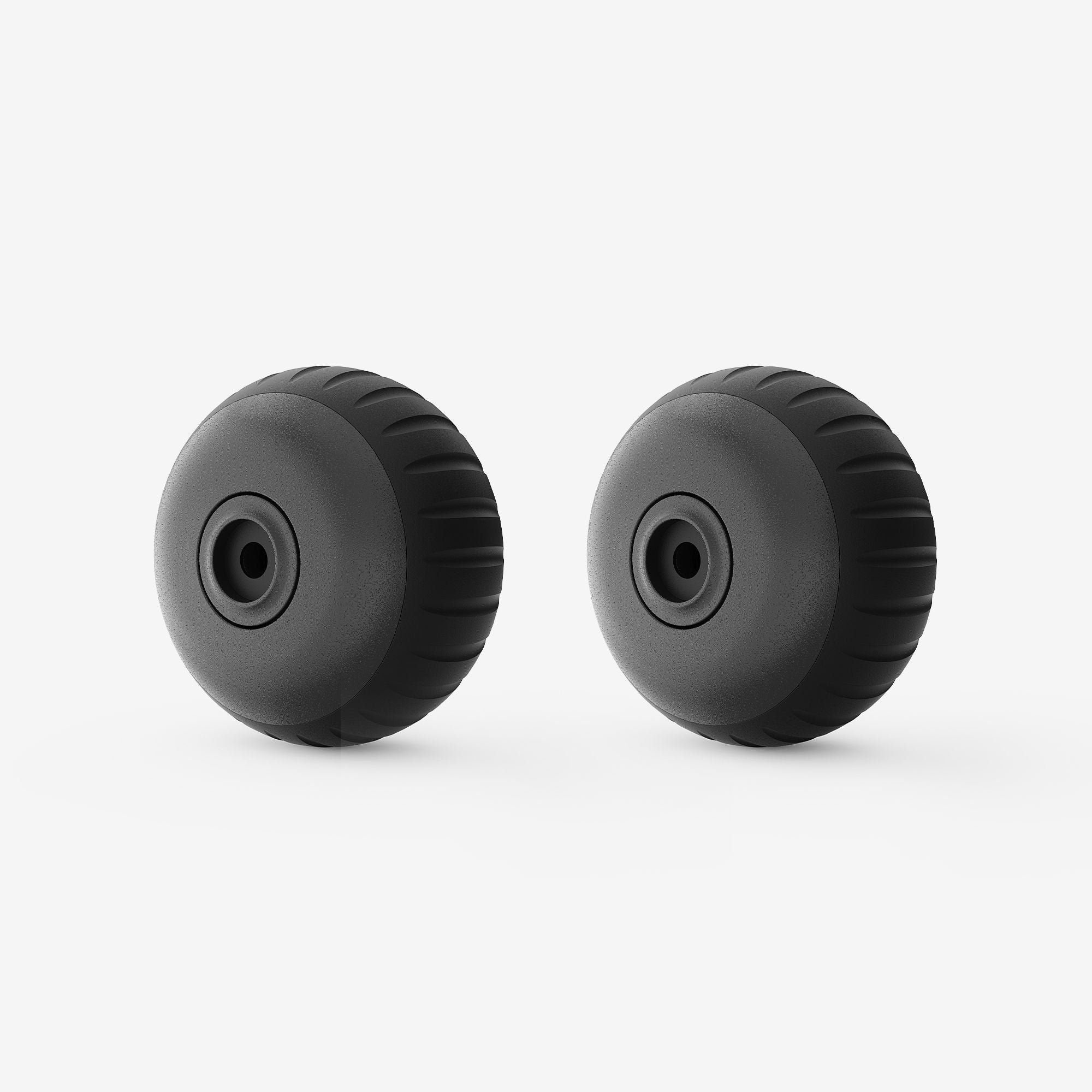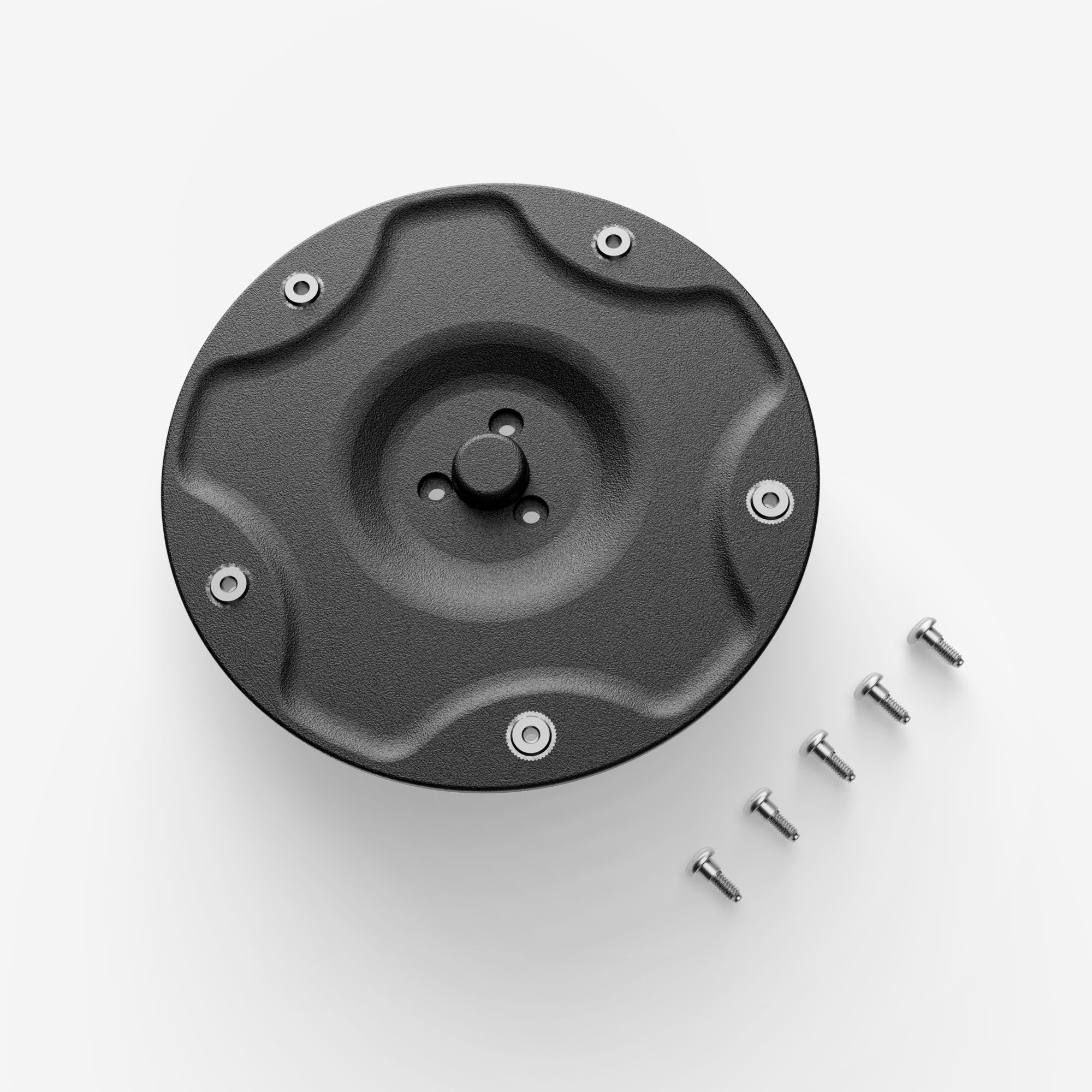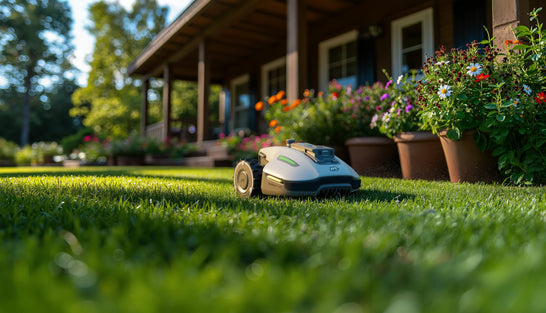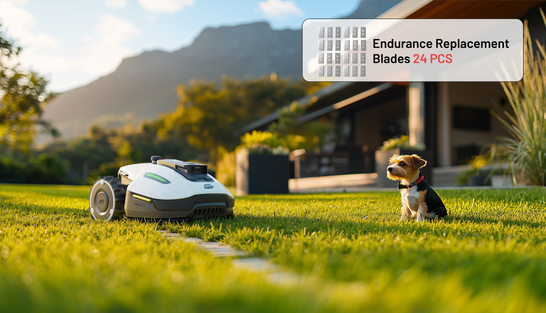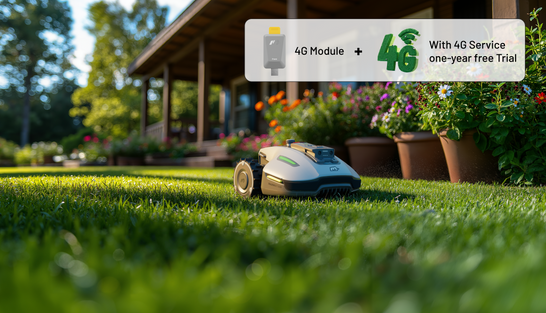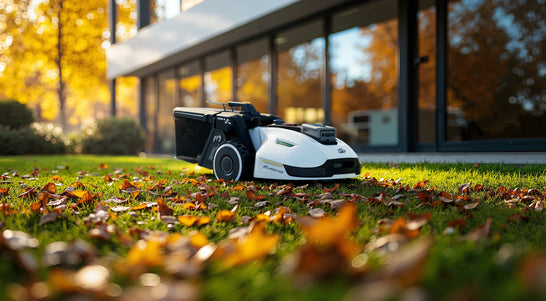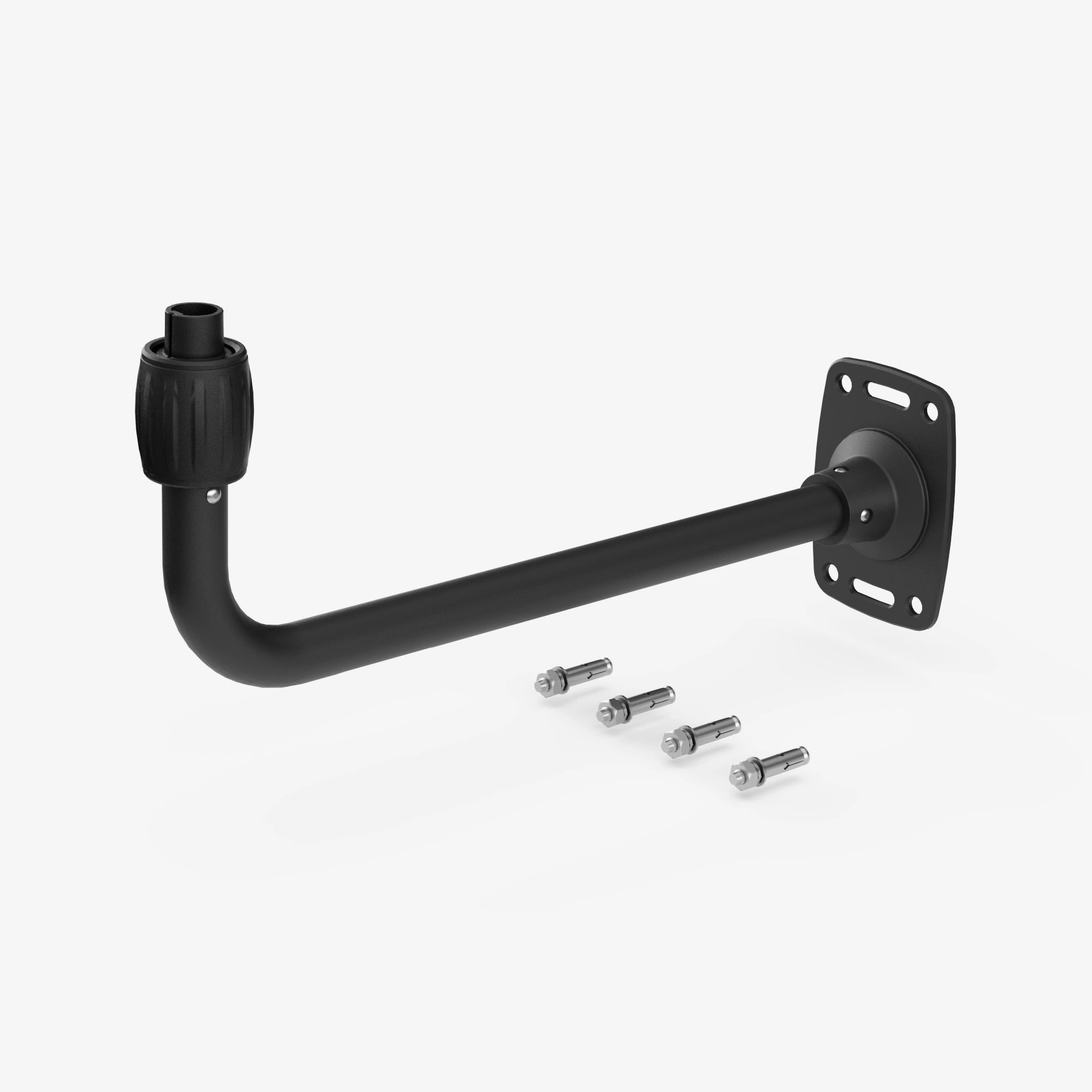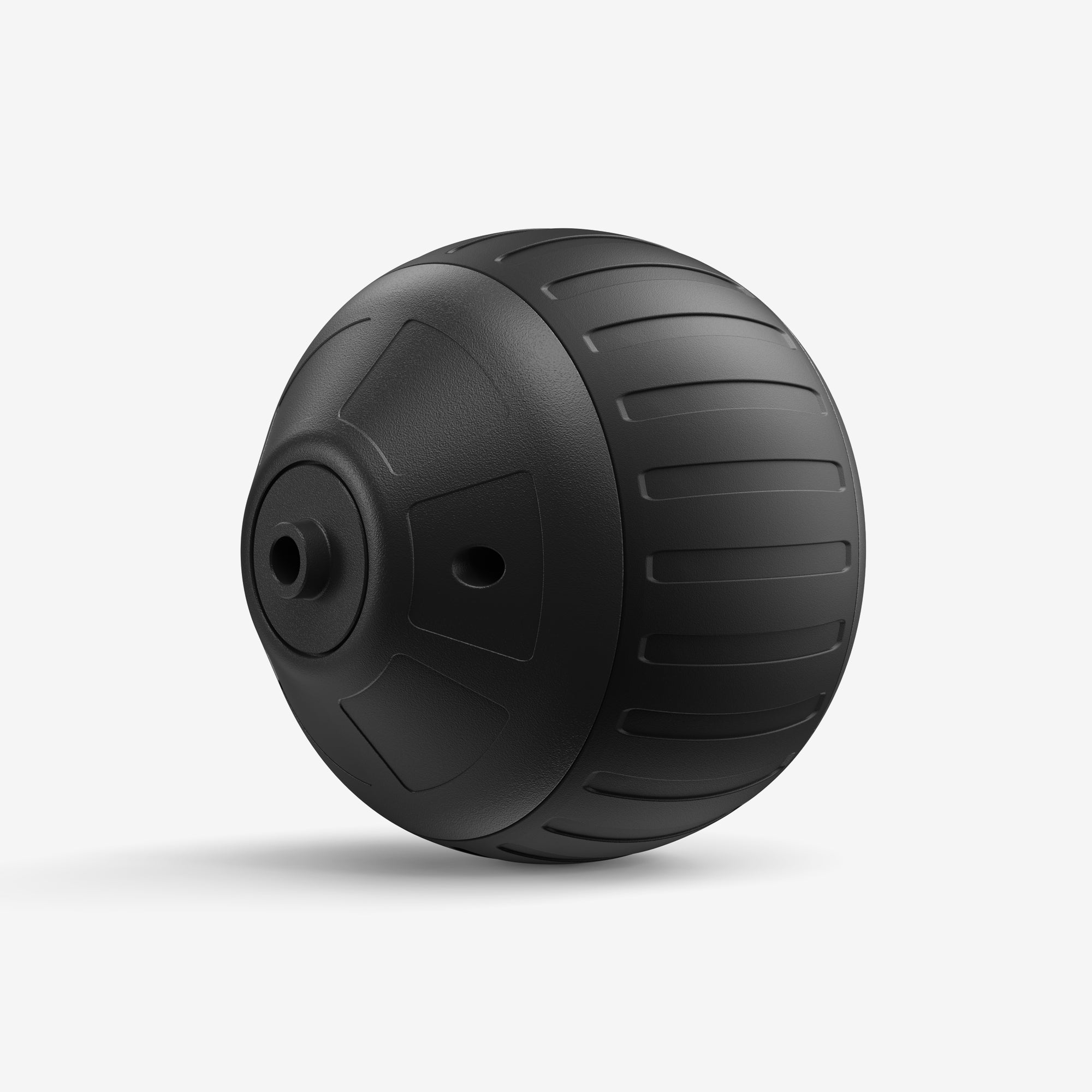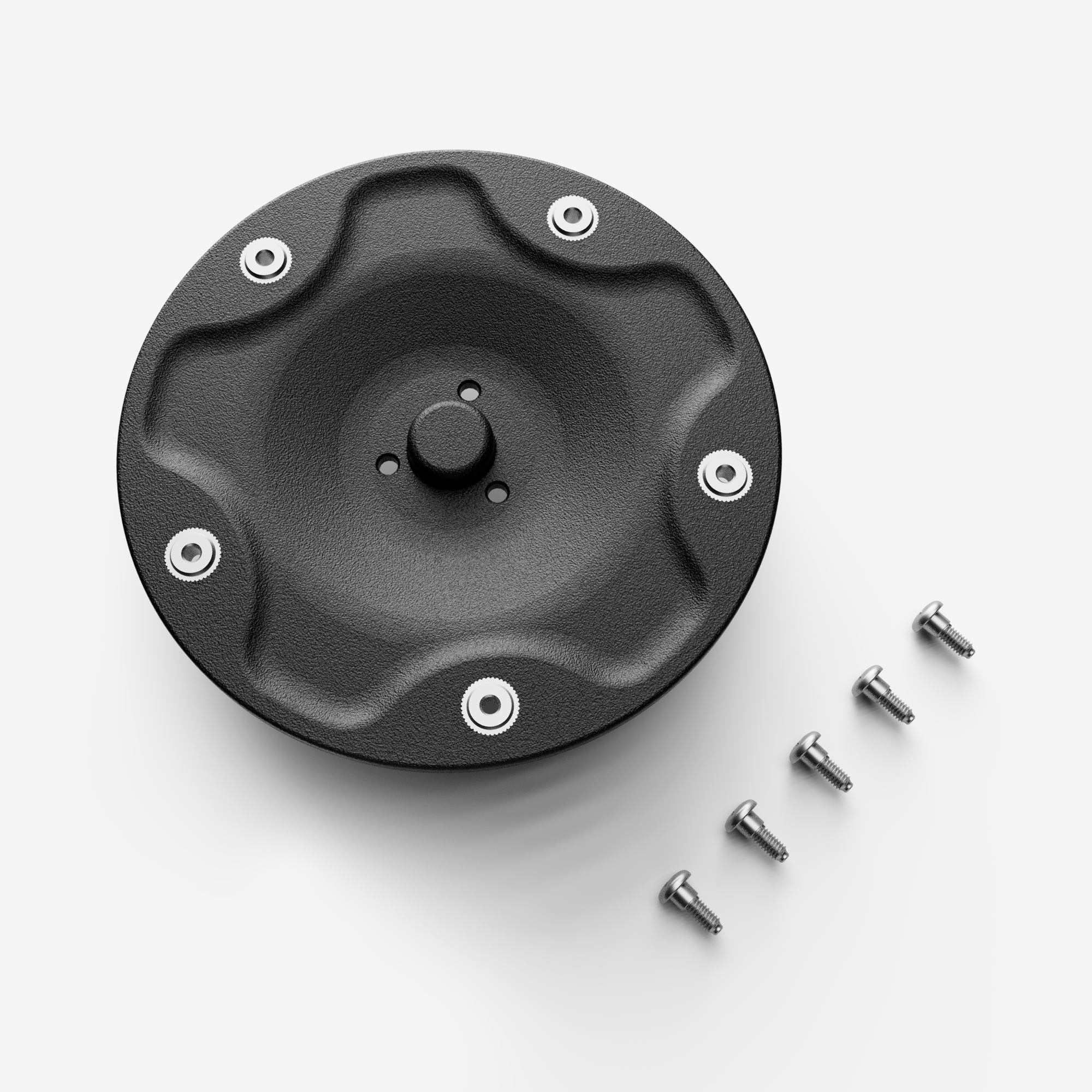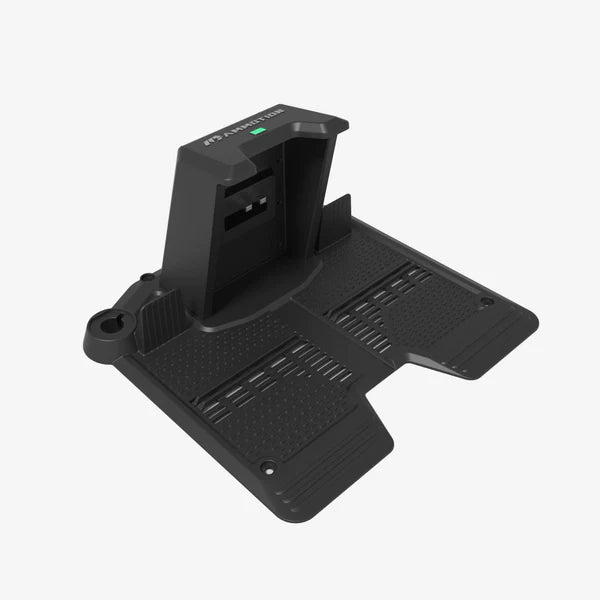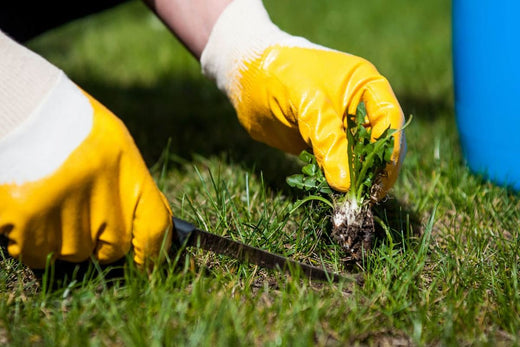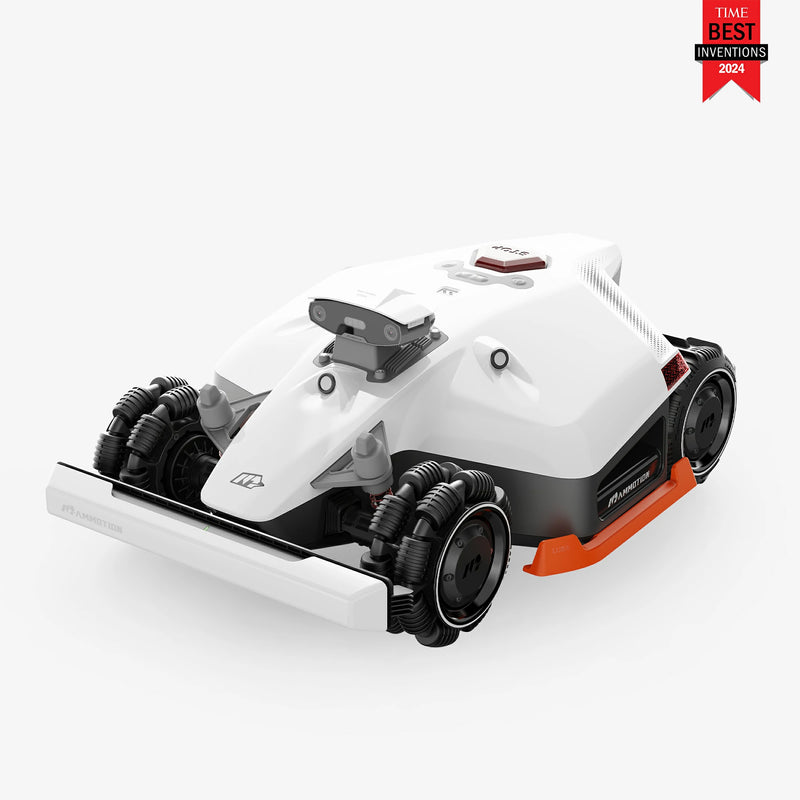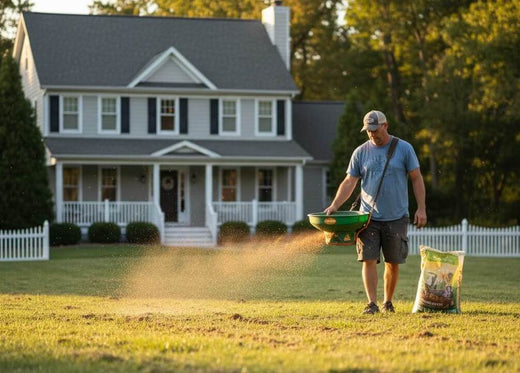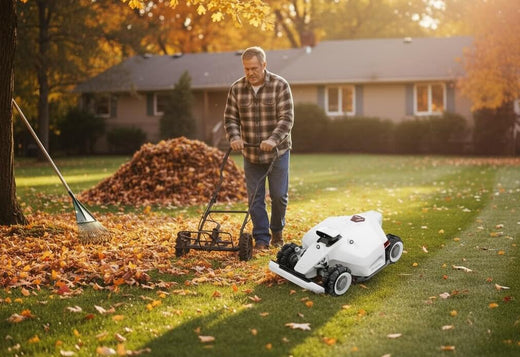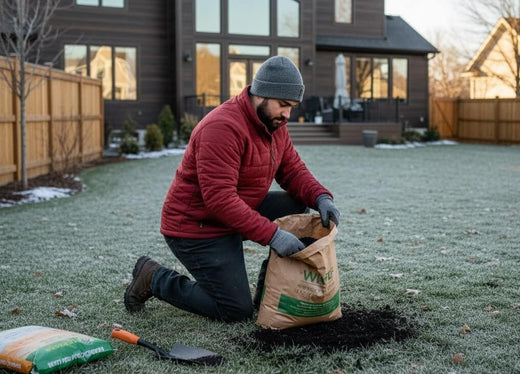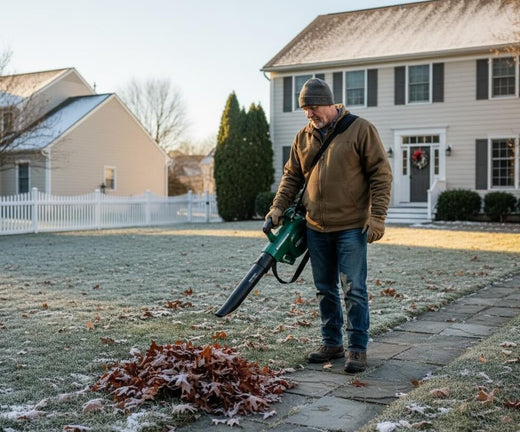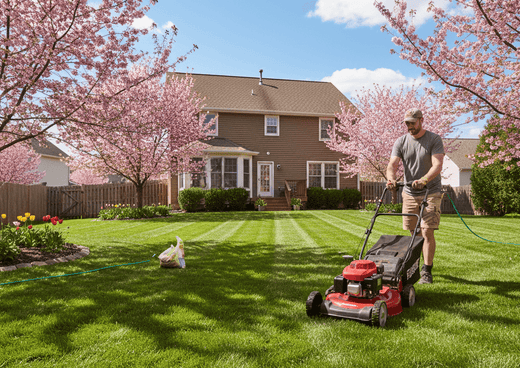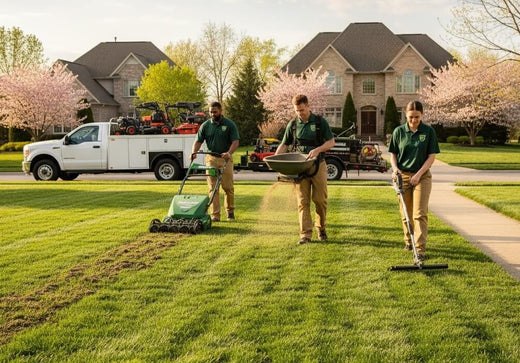As winter fades and spring begins, your lawn starts waking up—and so do the weeds. Tackling weeds early in the season is crucial because they grow aggressively, competing with your grass for sunlight, water, and nutrients. Left unchecked, weeds can spread quickly and become harder to manage as the season progresses.
Early spring weed control not only helps keep your lawn looking lush and green but also reduces the effort needed later in the year. Here's a comprehensive guide to early spring weed control and some tips to help you beat these pesky weeds this spring:
Step 1: Identifying Weeds Early in the Season
To successfully combat weeds in early spring, the first step is identifying which types are invading your lawn. Different weeds require different treatments, so accurate identification is key to effective control.
Types of Common Spring Weeds:
Understanding the types of weeds that plague your lawn can help you select the most effective control method. Here are the most common types of weeds in early spring:
1. Broadleaf Weeds
- Examples: Dandelions, clover, chickweed.
- Characteristics: These weeds have wide, flat leaves and are easy to spot in the lawn.
- Treatment: Broadleaf weed killers or pre-emergent herbicides work well for these. Applying broadleaf weed control early is essential for keeping your lawn healthy and weed-free.
2. Grassy Weeds
- Examples: Crabgrass, foxtail.
- Characteristics: Grassy weeds resemble turfgrass but grow in clumps or patches, making them tricky to identify initially.
- Treatment: Pre-emergent herbicides prevent them from germinating and spreading. Applying them before the soil reaches 55°F can significantly reduce the chances of crabgrass taking hold.
3. Sedge Weeds
- Examples: Yellow nutsedge, killing.
- Characteristics: Sedge weeds have triangular stems and tend to thrive in moist, poorly drained areas.
- Treatment: Specialized herbicides for sedges, such as products containing halosulfuron-methyl, are effective. Early application helps prevent their spread across the lawn.

Step 2: Using Pre-Emergent Herbicides
Pre-emergent herbicides are a proactive solution for preventing weed seeds from sprouting. These herbicides create a barrier in the soil that halts weed germination without harming established grass. They’re most effective when applied at the right time and in the right conditions.
What Are Pre-Emergent Herbicides?
- Definition: Pre-emergent herbicides prevent weed seeds from developing into mature plants by inhibiting the germination process.
- Mechanism: They work by forming a protective barrier in the soil that stops the seeds from sprouting, ensuring that new weeds won’t take root.
When to Apply Pre-Emergent Herbicides
Timing is key when applying pre-emergent herbicides. For the best results, apply them when soil temperatures reach around 55°F for several days. This typically coincides with early spring (late February to early April, depending on your region). Many lawn care experts recommend applying pre-emergents when forsythia bushes start blooming, as this serves as a reliable seasonal indicator.
How to Apply Pre-Emergent Herbicides
- Choose the Right Product: Select a herbicide tailored to the type of weeds prevalent in your area. Crabgrass preventers are ideal for controlling grassy weeds, while broader options work well for controlling various broadleaf weeds.
- Prepare the Lawn: Mow your lawn before applying the herbicide and avoid aerating the soil afterward to ensure the barrier isn’t broken.
- Spread Evenly: Use a broadcast or drop spreader for granules, or a sprayer for liquid herbicides. Ensure even coverage to maximize effectiveness.
- Water In: Lightly water the lawn after application to activate the herbicide. Avoid heavy rainfall immediately afterward, as it could wash the product away.
Step 3: Targeting Existing Weeds: Post-Emergent Solutions
Pre-emergent herbicides are fantastic for preventing weed growth, but they won’t help with weeds that have already sprouted. For this, post-emergent solutions are essential. These herbicides tackle actively growing weeds, ensuring your lawn remains healthy and weed-free throughout spring.
How Post-Emergent Herbicides Work
Post-emergent herbicides are absorbed through the leaves and stems of actively growing weeds. Once absorbed, they disrupt the growth processes, eventually killing the weeds. These herbicides come in two main types:
- Selective Herbicides: Target specific weeds, leaving your grass unharmed.
- Non-Selective Herbicides: Kill all plant life they contact and should be used with caution around desired plants.
Best Practices for Application
- Identify the Weed Type: Understanding if you're dealing with broadleaf or grassy weeds helps in choosing the right herbicide.
- Optimal Timing: Apply herbicides on a warm, sunny day when weeds are actively growing and not under stress (e.g., after rain or drought).
- Targeted Spraying: For localized infestations, use spot treatments to minimize impact on the surrounding grass.
-
Safety Measures:
- Wear gloves and protective eyewear during application.
- Keep pets and children off the lawn until the product has dried completely.
Common Herbicides for Specific Weeds
- Broadleaf Weeds: Herbicides containing 2,4-D, dicamba, or triclopyr work effectively for controlling common weeds like dandelions and clover.
- Grassy Weeds: Products containing quinclorac or fenoxaprop are effective for targeting grassy invaders like crabgrass.
- Sedges: Herbicides containing halosulfuron-methyl are particularly effective for sedge control.
Manual Removal:
- Small Infestations: Pull weeds by hand, ensuring you remove the roots to prevent regrowth. If the roots remain, the weed is likely to return.
- Moist Soil Advantage: Weed removal is easier when the soil is damp, as roots come out more readily. Early morning or after a light rain is a great time to manually remove weeds.
Step 4: Weed Prevention Tips for the Future
Prevention is the best approach to managing weeds long-term. By maintaining a healthy, robust lawn, you can naturally crowd out weeds and minimize their opportunities to grow.
Thicken Your Lawn:
- Regular Overseeding: Overseed thin or bare areas to establish a dense turf. Thick grass naturally suppresses weed germination by blocking sunlight and reducing available space.
- Choose the Right Grass Type: Select a grass variety suited to your region's climate and soil conditions. Native grass types are often better at resisting local weeds.
Lawn Maintenance Practices:
- Proper Mowing: Keep your grass at the recommended height for its type (generally 2.5–4 inches). Taller grass shades the soil, making it harder for weed seeds to germinate. Avoid scalping, which weakens grass and provides room for weeds. It is recommended to use a robotic lawn mower like Mammotion LUBA 2 AWD to be able to better trim the lawn at the desired height.
- Consistent Watering: Water deeply but infrequently to encourage deep root systems. Shallow watering promotes weed growth by encouraging surface-rooted grasses that are more susceptible to competition from weeds.
- Fertilization: Use a balanced fertilizer to maintain a nutrient-rich lawn. Healthy grass competes effectively against weeds by outgrowing them and occupying more space.
Soil Health Improvement
- Aeration: Aerate your lawn annually to reduce soil compaction, allowing grass roots to grow deeply and absorb nutrients effectively.
- Amendments: Test your soil regularly and adjust pH and nutrient levels as needed. Healthy soil provides the foundation for a lush, weed-resistant lawn.
Mulching and Edging
- Mulching: Apply mulch around garden beds and trees to block weed growth and retain soil moisture.
- Edging: Install physical barriers along lawn edges to prevent weeds from creeping in from neighboring areas.
Timely Weed Management
Address weed problems as soon as you notice them. Early intervention prevents weeds from maturing and spreading seeds. The sooner you act, the less damage they can do to your lawn.
Conclusion
Spring is the ideal time to get ahead of weeds and ensure your lawn remains healthy and beautiful throughout the growing season. By following these early spring weed control steps, you'll enjoy a lush, weed-free lawn all year long. Start your spring weed control routine today and consider using a high-quality weed control solution to maximize your lawn's health!
Frequently Asked Questions
1. What weed control to use in spring?
Spring weeding should be based on the type and growth stage of the weed and the selection of the appropriate herbicide. Pre-emergent herbicides prevent weed seeds from germinating, while post-emergent herbicides target weeds that have already sprouted. Selecting the right product depends on the specific weeds present in your area.
2. How to stop weeds in the spring?
Effective ways to prevent weeds from growing in the spring include:
- Using preventative herbicides: Applying weed seeds before they germinate to prevent their growth.
- Hand-pulling: Pull newborn weeds promptly to prevent them from spreading.
- Mulching: Covering garden beds with cardboard or black plastic to block sunlight and inhibit weed growth.
3. Should I use pre-emergent or post-emergent in spring?
Both pre-emergent and post-emergent herbicides have their place in spring weed control.
- Pre-emergent herbicides: Should be applied early in the season to prevent weed seeds from germinating.
- Post-emergent herbicides: Can be used to eliminate them once weeds have emerged. Timing and proper application are key to their effectiveness.
4. Can I spray weeds in early spring?
Yes, early spring is an ideal time to apply herbicides. Spraying before weeds establish strong root systems allows for more effective control. For pre-emergent herbicides, apply when soil temperatures reach around 55°F. For post-emergent treatments, target weeds when they are actively growing, typically when temperatures are between 60°F and 85°F.
5. Should I cut tall weeds before spraying?
Yes, cutting tall weeds before applying herbicides can enhance the treatment's effectiveness. Shorter weeds allow for better herbicide coverage and absorption. However, ensure that the weeds are not too stressed from cutting, as this can reduce the herbicide's efficacy.
6. Is it better to pull or spray weeds?
The choice between pulling and spraying weeds depends on the situation. Hand-pulling is effective for small infestations, especially when the soil is moist, making it easier to remove the entire root system. Spraying is more practical for larger areas or when dealing with weeds that are difficult to pull. Always consider the type of weed and the extent of the infestation when deciding.
7. How to get rid of tall weeds quickly?
To quickly eliminate tall weeds, apply a post-emergent herbicide that targets the specific weed type. Ensure the herbicide is suitable for your grass type and follow application instructions carefully. For manual removal, cutting the weeds down and then applying herbicide to the remaining stubs can be effective.
8. Should I remove dead weeds after spraying?
Removing dead weeds after spraying is beneficial. It prevents the spread of weed seeds and allows for better lawn maintenance. Additionally, removing dead plant material can reduce the risk of disease and improve the overall appearance of your lawn.



